This Herb Deserves Its Prominence!
This staple of kitchen herb gardens varies in flavor from mild to spicy. Simple to cultivate, this bushy perennial lends its enticing aroma and flavor to meats, seafood, spicy salsa, lasagna, and, of course, spaghetti sauce.
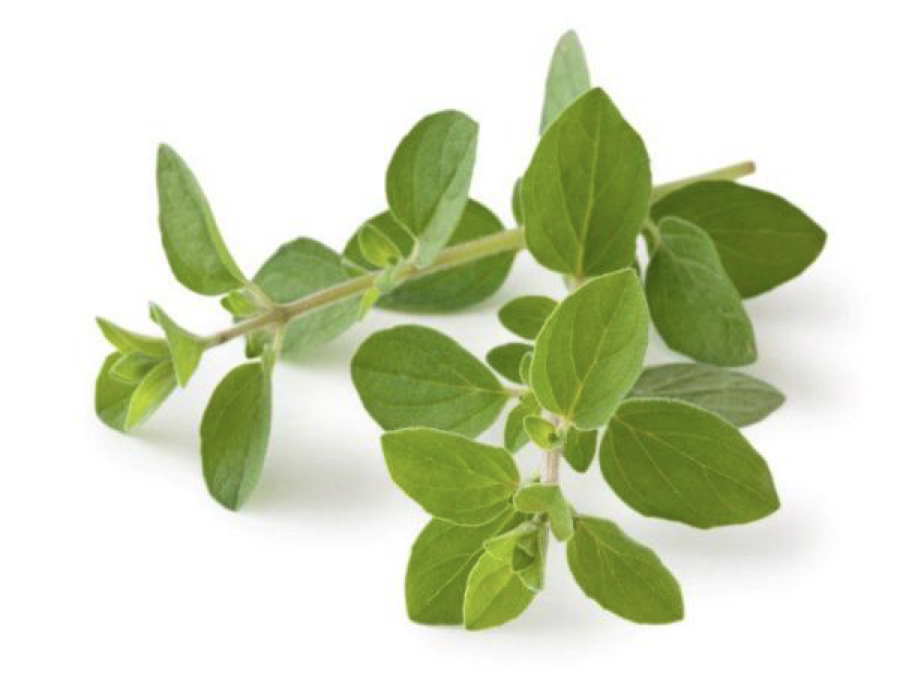
Often called the “pizza herb,” oregano is one of a handful of culinary herbs found in traditional herb gardens. Oregano grows with flourish—it’ll flower and spread if tended to carefully. One thing to know is that the mild flavor we associate with the fresh herb is not characteristic of all oregano cultivars—in fact, oreganos range from very mild to distinctly peppery.
Also known as wild marjoram, the cultivar O.vulgare, is the one usually found in our nurseries. There are at least six other varieties, however: Greek, Italian, golden, Mexican, Cuban, and “Dittany of Crete.” They all offer their own distinct flavor and contribution.
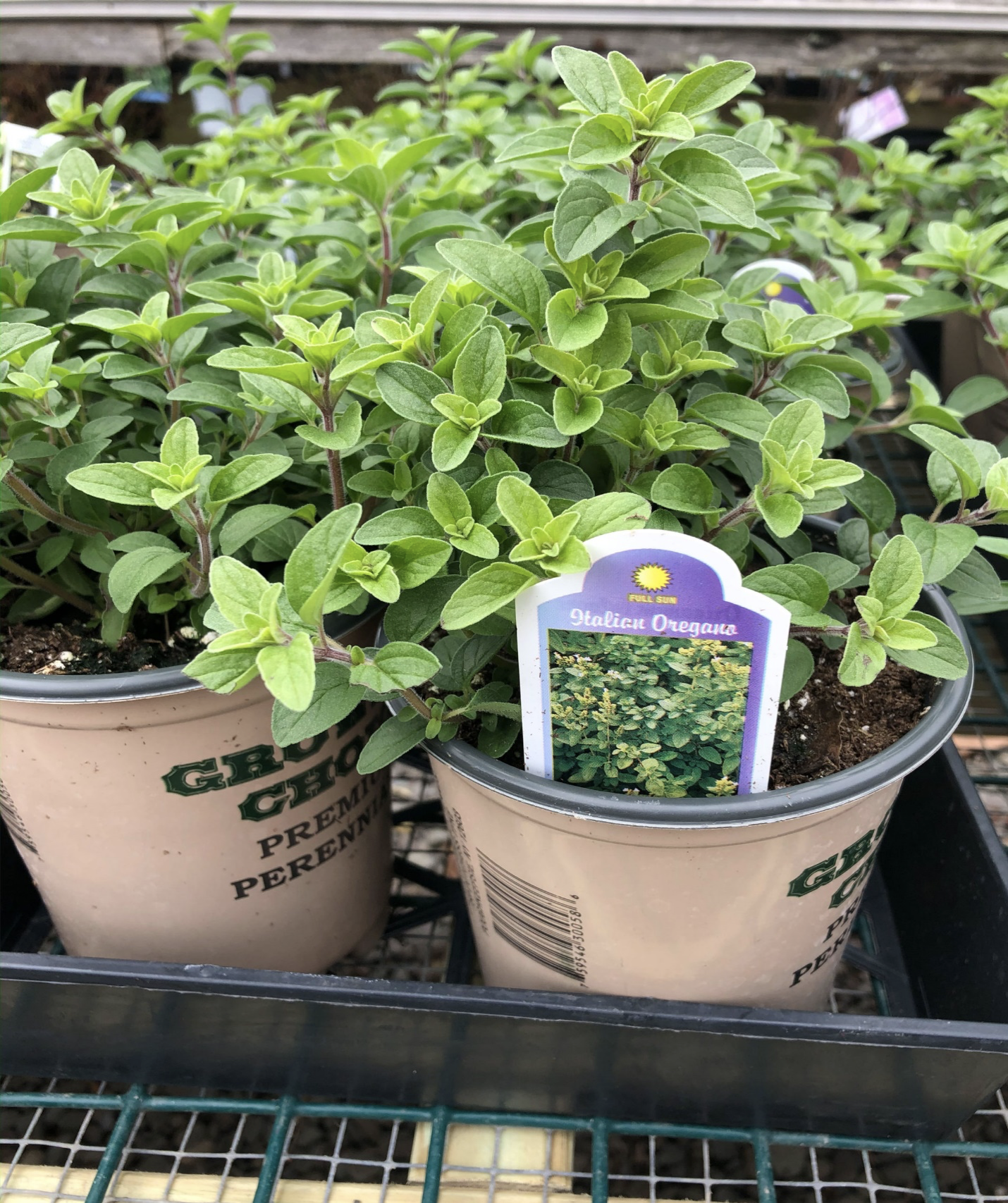
A good reason to choose fresh oregano if you can, is how it isn’t bitter, as the dried herb often is. Also, it blends wonderfully well with tomato-based dishes. My personal preference is fresh over dried any day, but for the recipe that follows, dried is fine.
The best way to grow this herb is to start with plant cuttings and root divisions rather than seed. In general, this warm-weather bushy plants grow from 10 inches to two feet high. And it’s hardy in Zone 5 and higher.
Plant cuttings in full sun about 12 inches apart—they’ll need room to spread. Cut the plants back severely two or three times a year and don’t let them flower and go to seed or you’ll have oregano sprouting everywhere (ask me how I know).
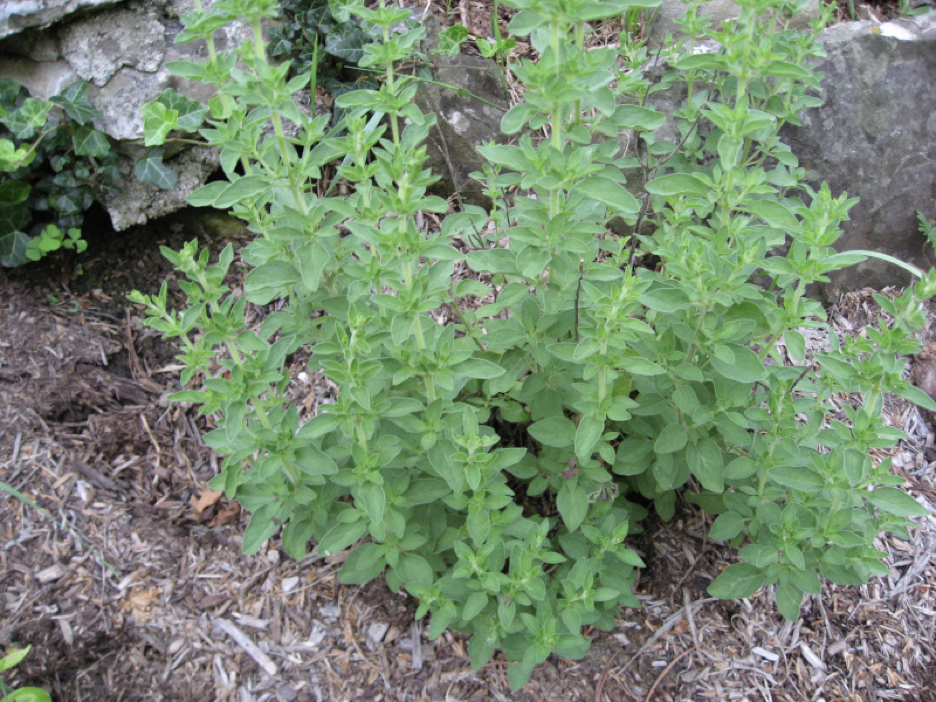
One of the things to love about fresh oregano is its many health benefits. For instance:
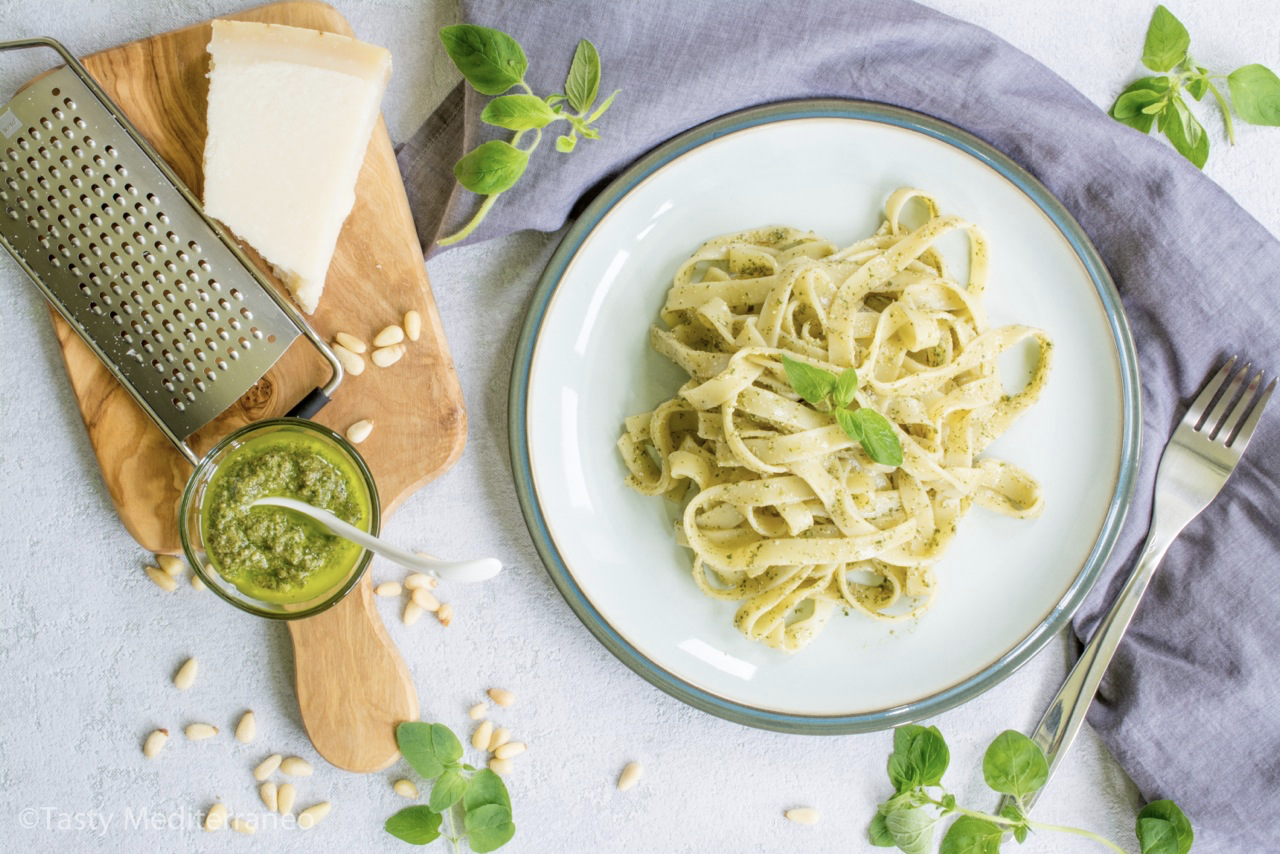
You can see why this herb deserves its prominence! Now the fun part: incorporating this amazing herb in our cooking. Here’s a terrific recipe—it not only uses this versatile herb, but zucchini as well!
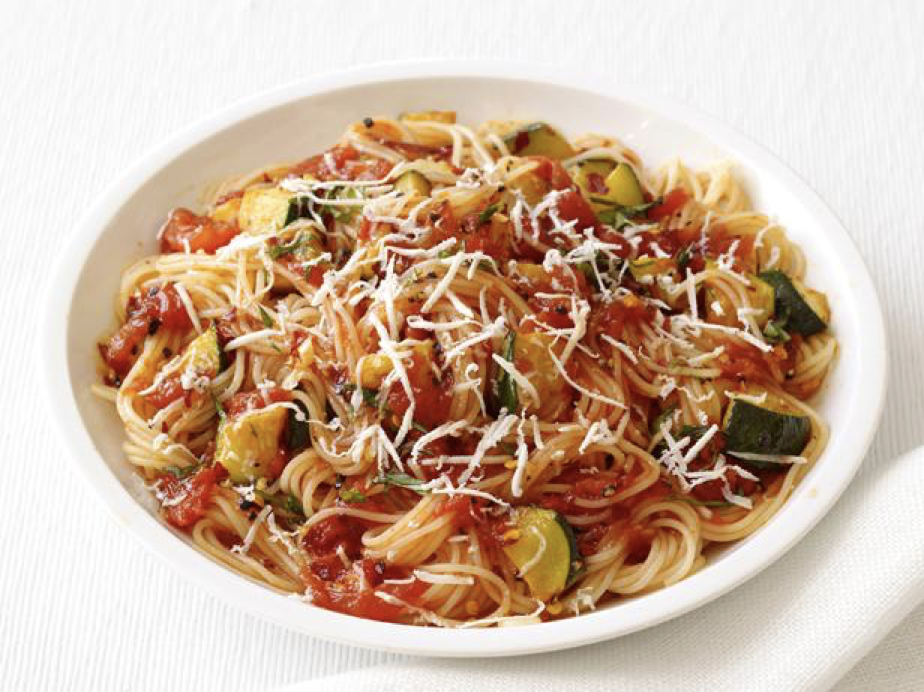
1 (16-ounce) package thin spaghetti
3 tablespoons extra-virgin, cold pressed olive oil
3 tablespoons pine nuts
2 medium-sized zucchini cut into 3- by ½-inch strips
1 medium-sized onion chopped
1/4 pound fresh mushrooms sliced
2 cloves garlic finely chopped
1 1/4 cups water
1/2 cup slivered dried tomatos
2 cups tomato sauce bottled or fresh
1/4 cup chopped fresh Italian oregano
3/4 cup grated Parmesan cheese divided
fresh oregano sprigs for garnish (optional, but it makes the dish)
Directions:
Add Recipe to Cook'n

Often called the “pizza herb,” oregano is one of a handful of culinary herbs found in traditional herb gardens. Oregano grows with flourish—it’ll flower and spread if tended to carefully. One thing to know is that the mild flavor we associate with the fresh herb is not characteristic of all oregano cultivars—in fact, oreganos range from very mild to distinctly peppery.
Also known as wild marjoram, the cultivar O.vulgare, is the one usually found in our nurseries. There are at least six other varieties, however: Greek, Italian, golden, Mexican, Cuban, and “Dittany of Crete.” They all offer their own distinct flavor and contribution.

A good reason to choose fresh oregano if you can, is how it isn’t bitter, as the dried herb often is. Also, it blends wonderfully well with tomato-based dishes. My personal preference is fresh over dried any day, but for the recipe that follows, dried is fine.
The best way to grow this herb is to start with plant cuttings and root divisions rather than seed. In general, this warm-weather bushy plants grow from 10 inches to two feet high. And it’s hardy in Zone 5 and higher.
Plant cuttings in full sun about 12 inches apart—they’ll need room to spread. Cut the plants back severely two or three times a year and don’t let them flower and go to seed or you’ll have oregano sprouting everywhere (ask me how I know).

One of the things to love about fresh oregano is its many health benefits. For instance:
- Its strong antiviral and antibacterial properties help destroy organisms that contribute to skin infections.
- Anti-parasitic properties help with digestive problems.
- It can strengthen the immune system.
- It helps increase the joint and muscles flexibility.
- It improves respiratory health.
- Oil of Oregano, when applied topically, helps with skin infections, itchy skin and irritated gums, (but make sure it has been diluted because oregano oil is concentrated and can cause burning sensation to tongue or skin).
- Its high content of thymol and carvacrol helps calm upset stomachs and aid digestion. Mix 2 to 3 drops of oil to a glass of juice, milk or water for a quick remedy for mild indigestion.
- Oil of Oregano can help in the treatment of sinus or lung congestion and helps maintain respiratory health. Just mix 2 or 3 drops of oil with juice, and drink this daily, you can notice the improvement within 3-5days.
- Oregano has antioxidant properties. Studies show its anti-oxidant properties even exceed that of apples and blueberries.
- It is rich in fiber and like other leafy vegetables, is loaded with vitamins and nutrients—a great source of iron and manganese as well as calcium, vitamin C, vitamin A. and omega-3 fatty acids.
- It also acts as a stimulant, carminative, and it helps to increase perspiration when a person has fever.
- Oregano helps increase menstrual flow and when given in the form of a warm infusion, it relieves muscle spasms and cramps, colic, or spasmodic pains in the abdomen.
- The dried leaves can also be applied in bags as a warm application to painful arthritic swellings and other conditions, including rheumatism.

You can see why this herb deserves its prominence! Now the fun part: incorporating this amazing herb in our cooking. Here’s a terrific recipe—it not only uses this versatile herb, but zucchini as well!

SPAGHETTI with ZUCCHINI-TOMATO SAUCE
Serving size: 6
Calories per serving: 433
Ingredients:
Calories per serving: 433
1 (16-ounce) package thin spaghetti
3 tablespoons extra-virgin, cold pressed olive oil
3 tablespoons pine nuts
2 medium-sized zucchini cut into 3- by ½-inch strips
1 medium-sized onion chopped
1/4 pound fresh mushrooms sliced
2 cloves garlic finely chopped
1 1/4 cups water
1/2 cup slivered dried tomatos
2 cups tomato sauce bottled or fresh
1/4 cup chopped fresh Italian oregano
3/4 cup grated Parmesan cheese divided
fresh oregano sprigs for garnish (optional, but it makes the dish)
Directions:
1. Cook spaghetti following package directions.
2. Meanwhile, in large skillet, heat 2 tablespoons oil over medium heat.
3. Add pine nuts and sauté with slotted spoon until golden brown. Transfer nuts to medium-size bowl.
4. Add zucchini to oil remaining in skillet and sauté until lightly browned. Transfer zucchini to bowl with nuts.
5. Add remaining 1 tablespoon oil and the onion to skillet and sauté until translucent—about 3 minutes.
6. Add mushrooms and garlic; sauté 3 minutes.
7. Stir in water and dried tomatoes; heat to boiling. Reduce heat to low. Cover and simmer 5 minutes or until tomatoes are soft.
8. Stir pasta sauce and half the chopped oregano into mushroom mixture and heat to boiling.
9. Drain cooked spaghetti and return to its cooking pot.
10. Add mushroom-tomato mixture, zucchini and nuts, and about half of Parmesan cheese to spaghetti; toss just until mixed.
11. Serve on individual plates; sprinkle with remaining Parmesan cheese and oregano.
12. Garnish with fresh oregano leaves, if desired.
2. Meanwhile, in large skillet, heat 2 tablespoons oil over medium heat.
3. Add pine nuts and sauté with slotted spoon until golden brown. Transfer nuts to medium-size bowl.
4. Add zucchini to oil remaining in skillet and sauté until lightly browned. Transfer zucchini to bowl with nuts.
5. Add remaining 1 tablespoon oil and the onion to skillet and sauté until translucent—about 3 minutes.
6. Add mushrooms and garlic; sauté 3 minutes.
7. Stir in water and dried tomatoes; heat to boiling. Reduce heat to low. Cover and simmer 5 minutes or until tomatoes are soft.
8. Stir pasta sauce and half the chopped oregano into mushroom mixture and heat to boiling.
9. Drain cooked spaghetti and return to its cooking pot.
10. Add mushroom-tomato mixture, zucchini and nuts, and about half of Parmesan cheese to spaghetti; toss just until mixed.
11. Serve on individual plates; sprinkle with remaining Parmesan cheese and oregano.
12. Garnish with fresh oregano leaves, if desired.
Recipe formatted with the Cook'n Recipe Software from DVO Enterprises.
Sources:
- www.foodnetwork.com
- www.ccatskillnativenuresery.shop
- www.veggieharvest.com
- www.tastymediterraneo.com
 Alice Osborne
Alice Osborne
DVO Newsletter Contributor since 2006
Email the author! alice@dvo.com
